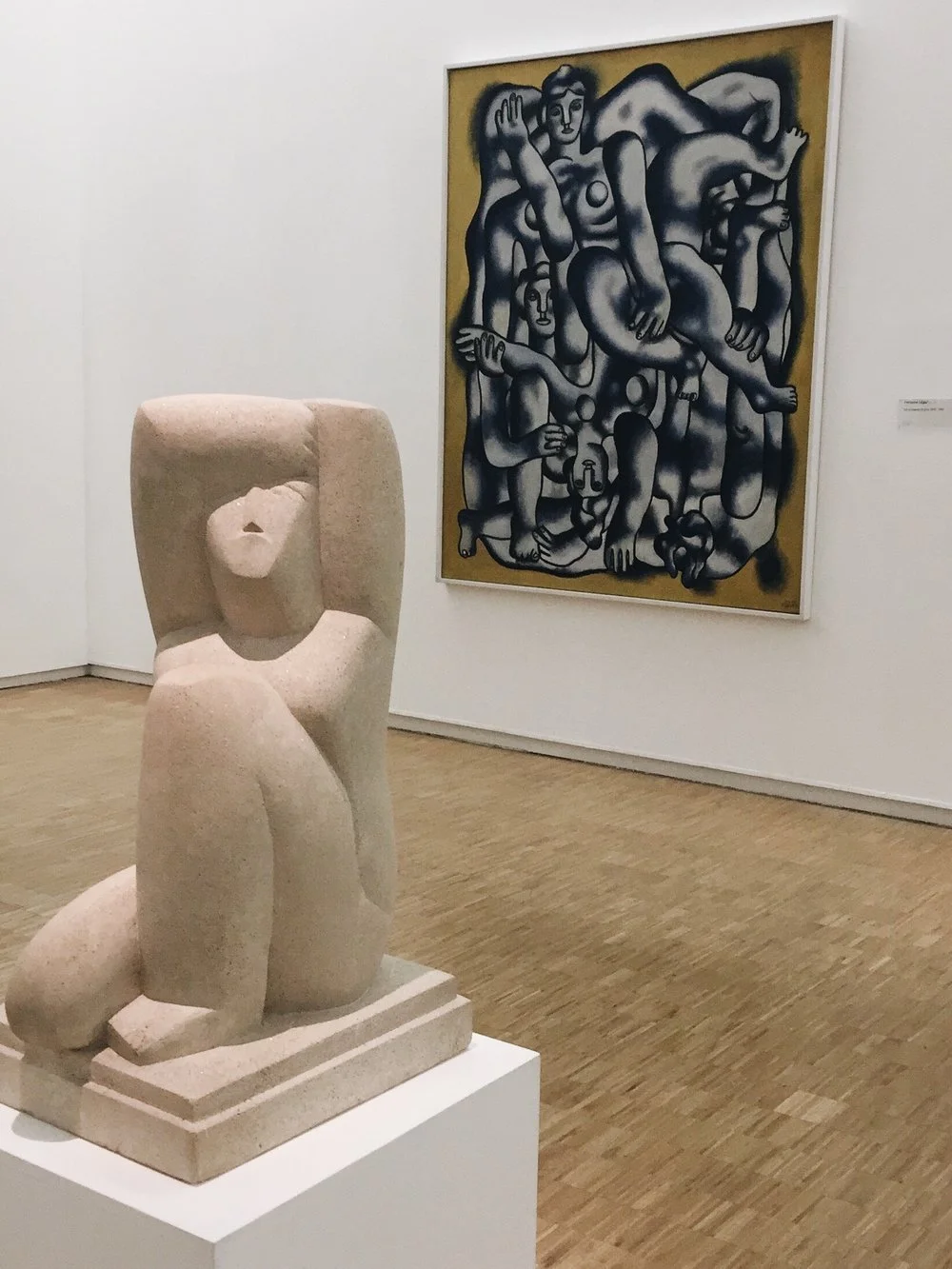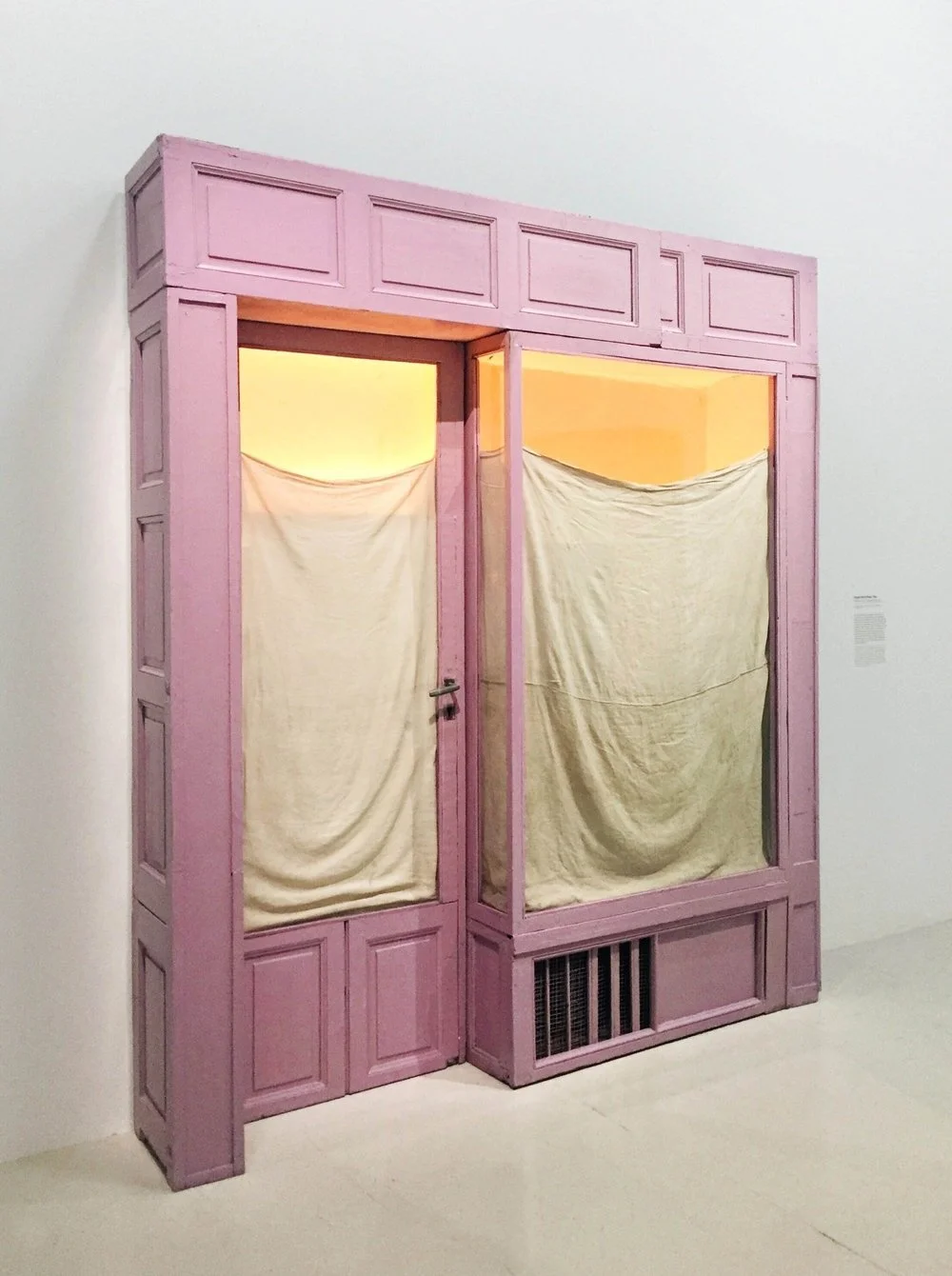Visiting Atelier Brancusi at Centre Pompidou
Free art alert: Atelier Brancusi. Located on the piazza of the Centre Pompidou. An unassuming building, I visited the (seemingly underrated and under-hyped) gallery to see more than 150 works by the famed artist in one place.
Constantin Brancusi
Constantin Brancusi, the modernist Romanian sculptor, is considered among the most influential artists of the 20th century. Brancusi’s art is often said to be inspired by non-Western cultures, and can therefore put him in the same boat as Gauguin and Picasso; artists who were inspired by the “primitive” or the “exotic” aesthetic of foreign art/culture. However, it should be noted that he also took inspiration from his own ancestry, referencing Romanian folklore in his work. His sculptures vary in scale and material, but they are often geometric or minimalist in form.
What made him truly avant-garde were his controversial and suggestive abstract sculptures. His work often evokes phallic imagery. He also created series of hyper-abstracted shapes meant to represent elements in nature. Critics were initially outraged by his boldness, but he is today now accepted as a groundbreaking pioneer. Regarding aesthetics, Brancusi’s sculptures are clearly representative of a modern and abstract approach, one that has influenced contemporary art, architecture, and interior design.
About the Space
Brancusi made his career in France, so naturally, he had a studio in Paris. This gallery is essentially a recreation of his real studio, and his sculptures are displayed just as he would wish his work to be exposed. The gallery is organized as an exhibition space that resembles a working artist’s studio, divided by rooms. Brancusi’s story and the atelier’s history are featured on a set of wall plaques. His working tools are also displayed in one of the rooms.
All of the sculptures are either placed on the floor or stacked upon each other. The gallery is flooded by natural light thanks to the huge sunroof windows, which adds to the already unique art experience. The unpretentious display of acclaimed art is refreshing, mostly because it gives power to visitors to decide which sculptures matter most. There are no grand plinths nor discerning spotlights. No piece is given more importance than the next in their presentation, just as Brancusi would like. He aimed to create spatial relationships between the sculptures by unconventionally grouping them together until he felt the combinations were just right.
The atelier is rather small, and can be explored in about 30 minutes—or perhaps longer, as it is hard to put a precise time estimate on experiencing art—depending on how contemplative a visitor is feeling.











